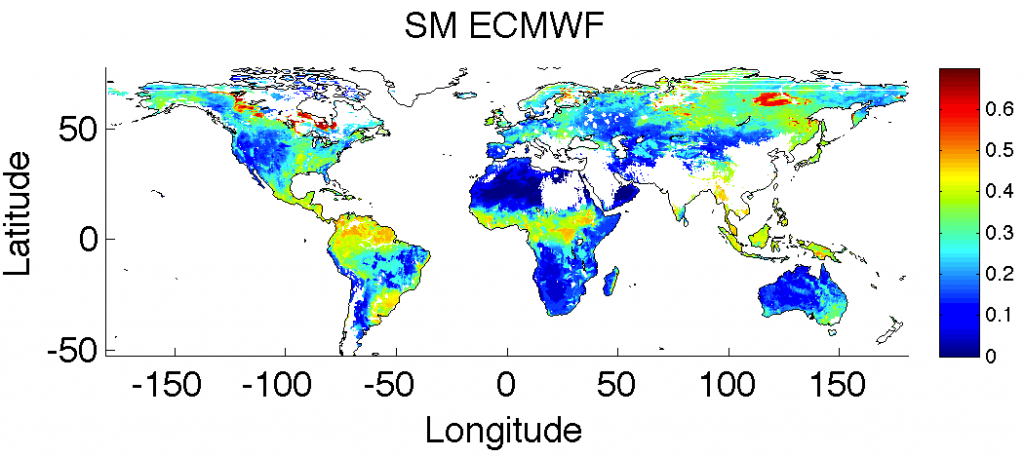CESBIO is behind the operational L2 algorithm used to retrieve soil moisture from SMOS brightness temperatures. This algorithm uses a physical model to link soil moisture and brightness temperature. Other approaches are also possible as, for instance, using independent estimations of the soil moisture and determining statistically the relation linking the soil moisture to the brightness temperatures measured by SMOS. Subsequently, this relation can be used to derive soil moisture from SMOS measurements. Very efficient techniques to perform a statistical inversion of remote sensing data are based in Neural Networks.The European Spatial Agency (ESA) has funded a project to study the feasibility of soil moisture retrieval from SMOS measurements using neural networks (the SMOS+NN project). The SMOS+NN team is composed of scientists from CESBIO, Observatoire de Paris, and the ARRAY company.The first results of this project are very encouraging. A feed-forward neural network has been trained using global soil moisture estimations from ECMWF simulations and SMOS measurements for incidence angles in the range from 25º to 60º. About one hundred of days from April 2011 to Mars 2012 were used for the training. Afterwards, the statistical relation determined by the neural network was used to derive soil moisture for 2010 observations.The following figure shows an average of the soil moisture retrieved by the neural network for July 2010.

To be compared to the average soil moisture in July 2010 estimated by ECMWF simulations:

Temporal series of SMOS+NN soil moisture retrievals are also in good agreement with other estimations as those of the SMOS L2 algorithm and with in situ measurements. The following figure shows the temporal evolution of soil moisture for the Little Washita watershed in the USA. The magenta line is the curve derived from the in situ measurements from Jackson et al. 2010.

